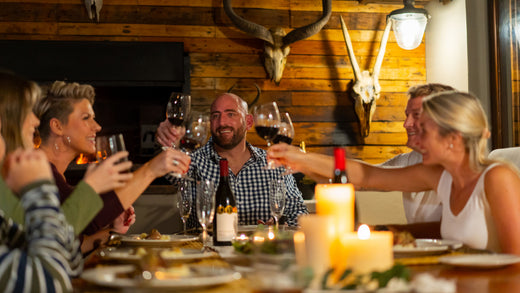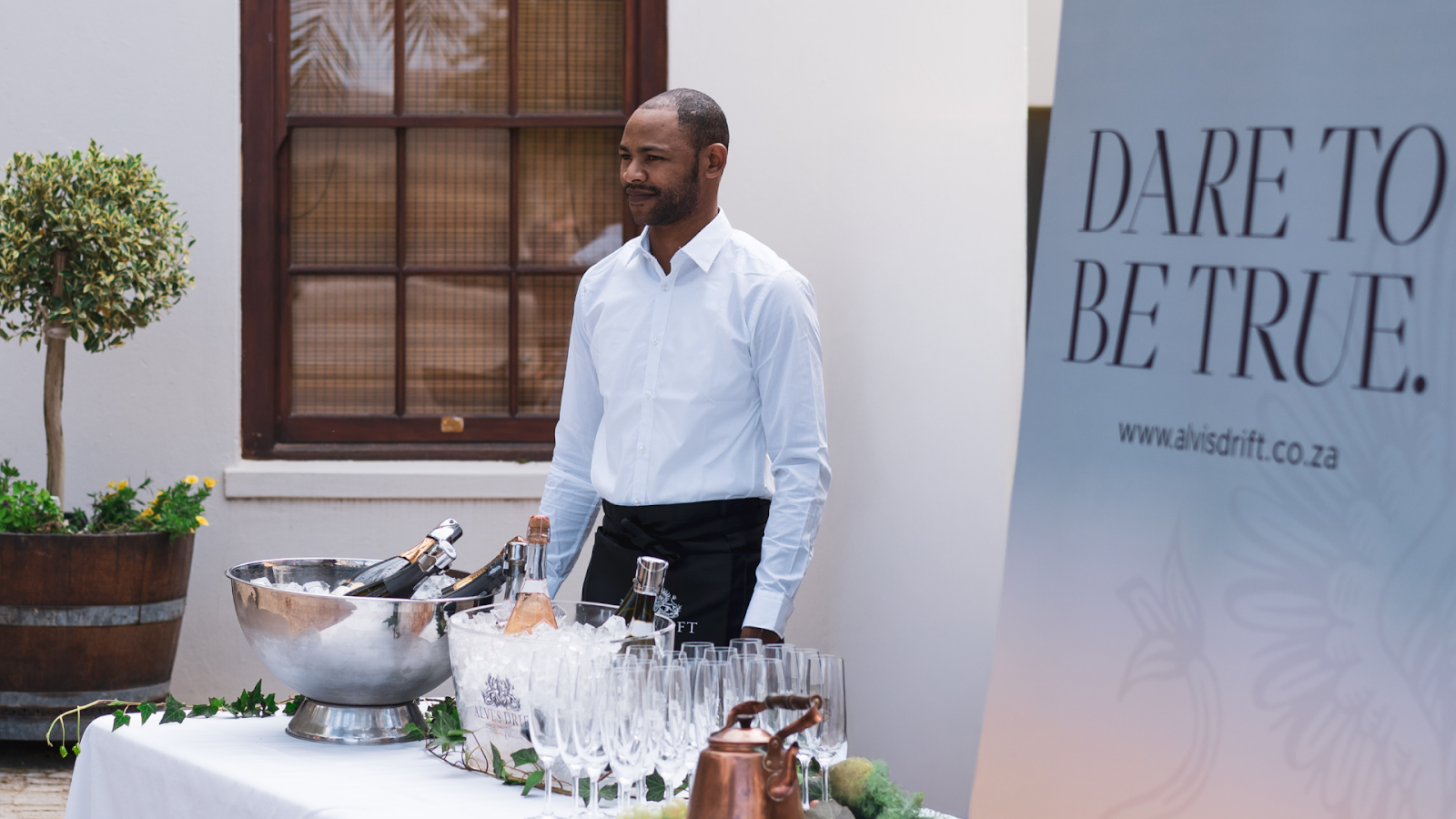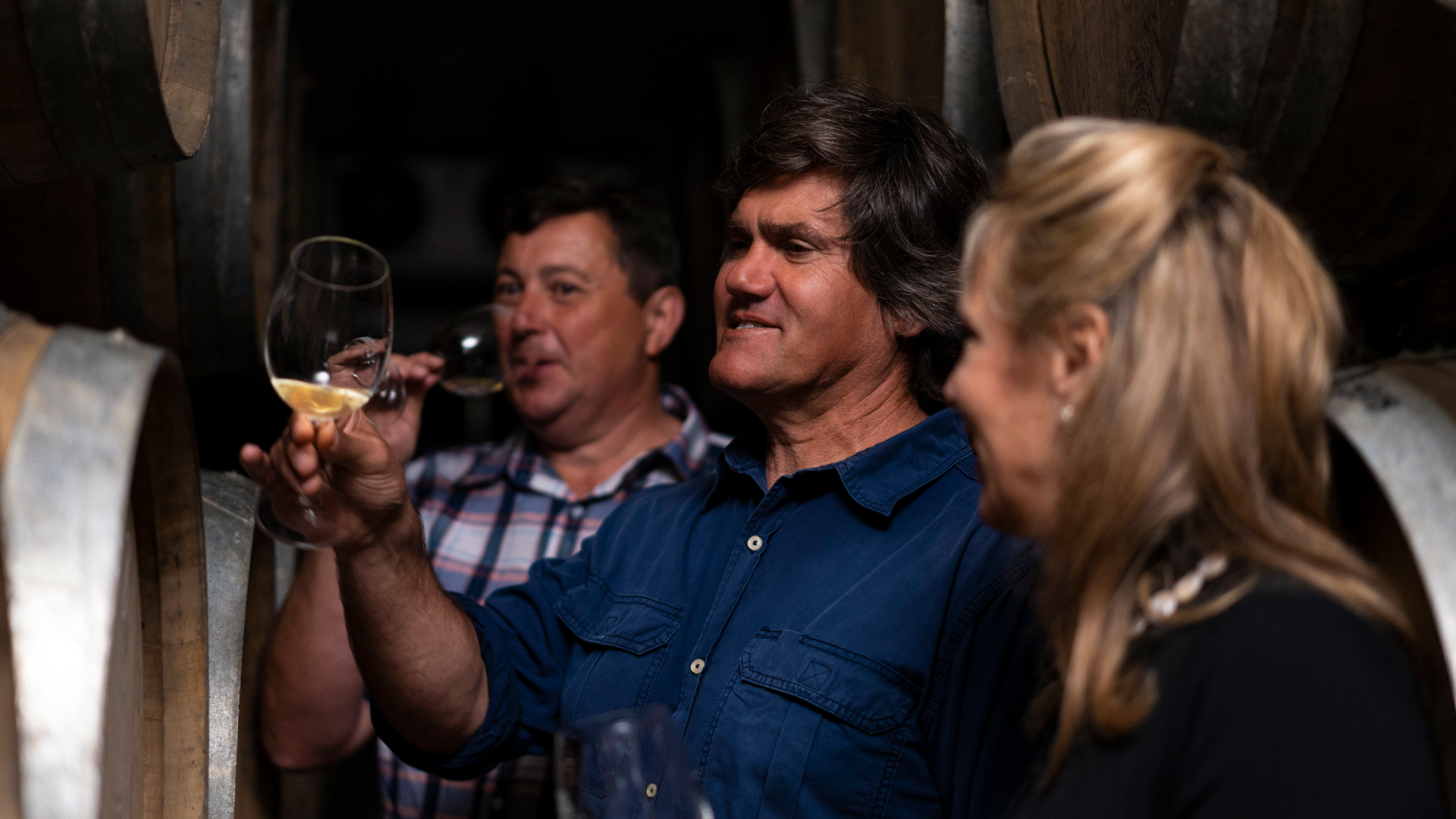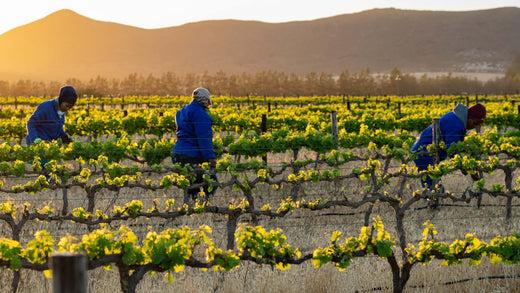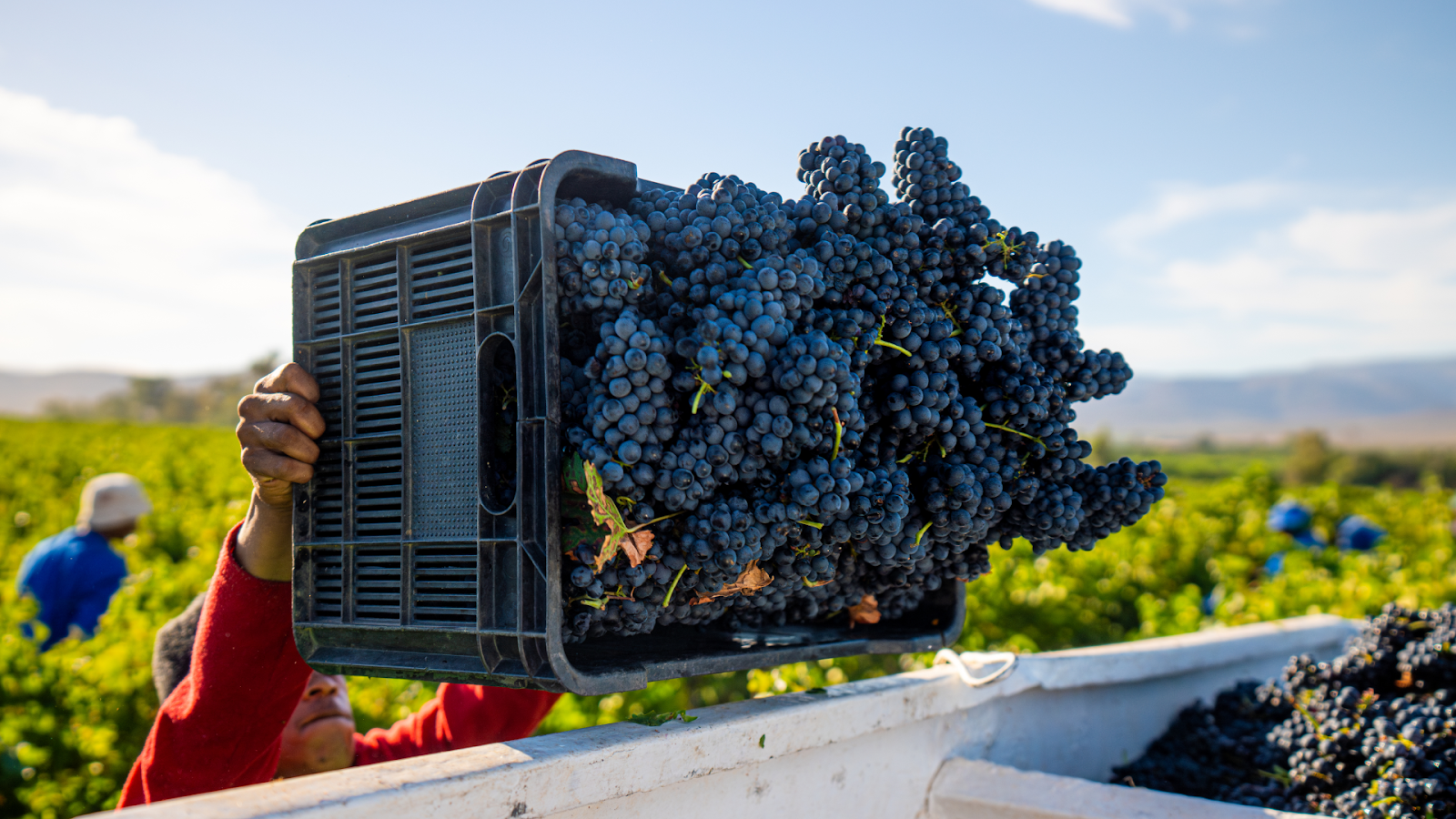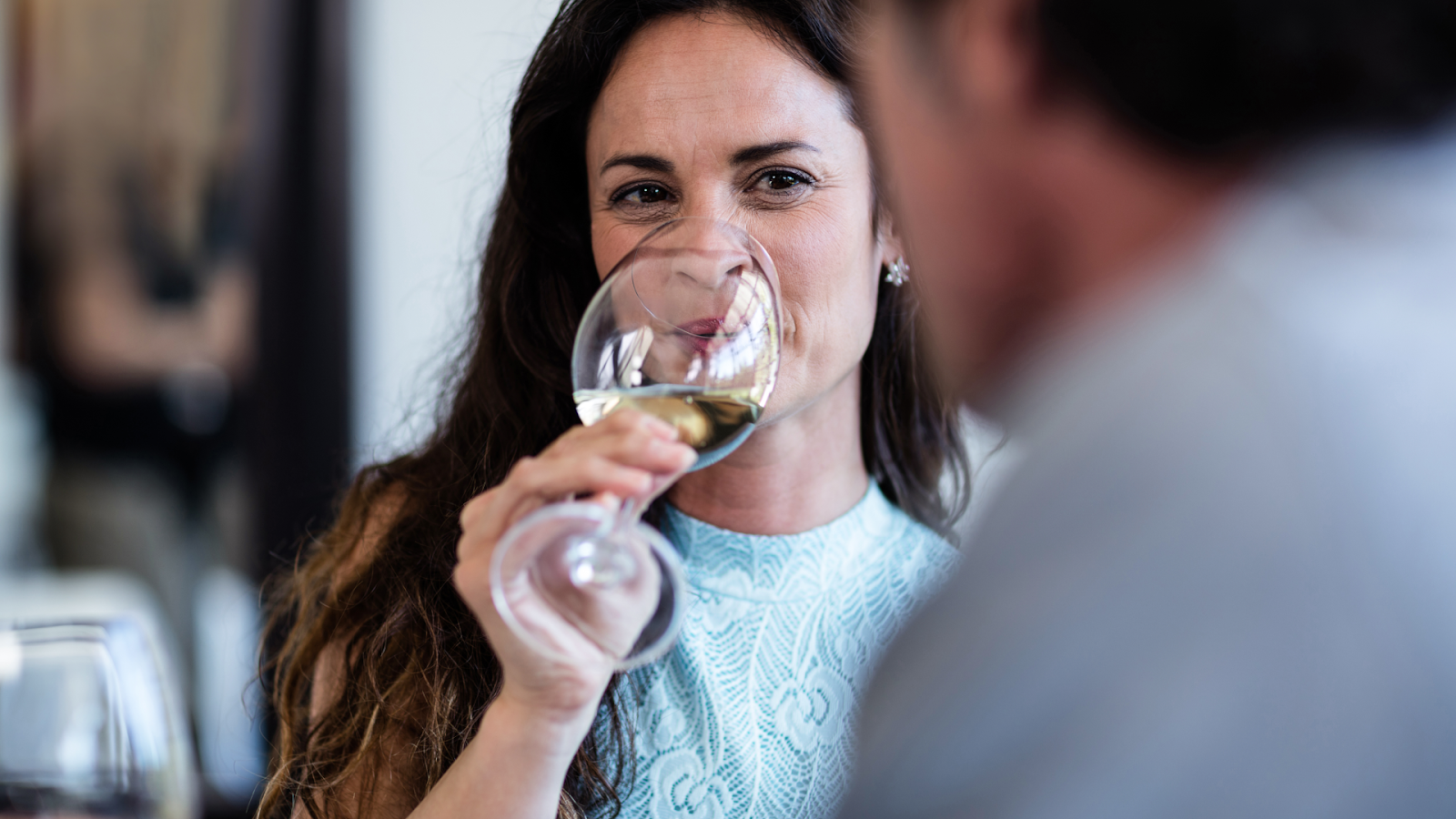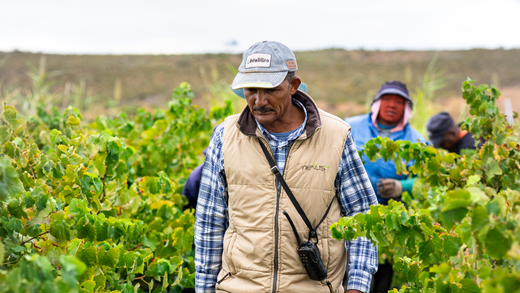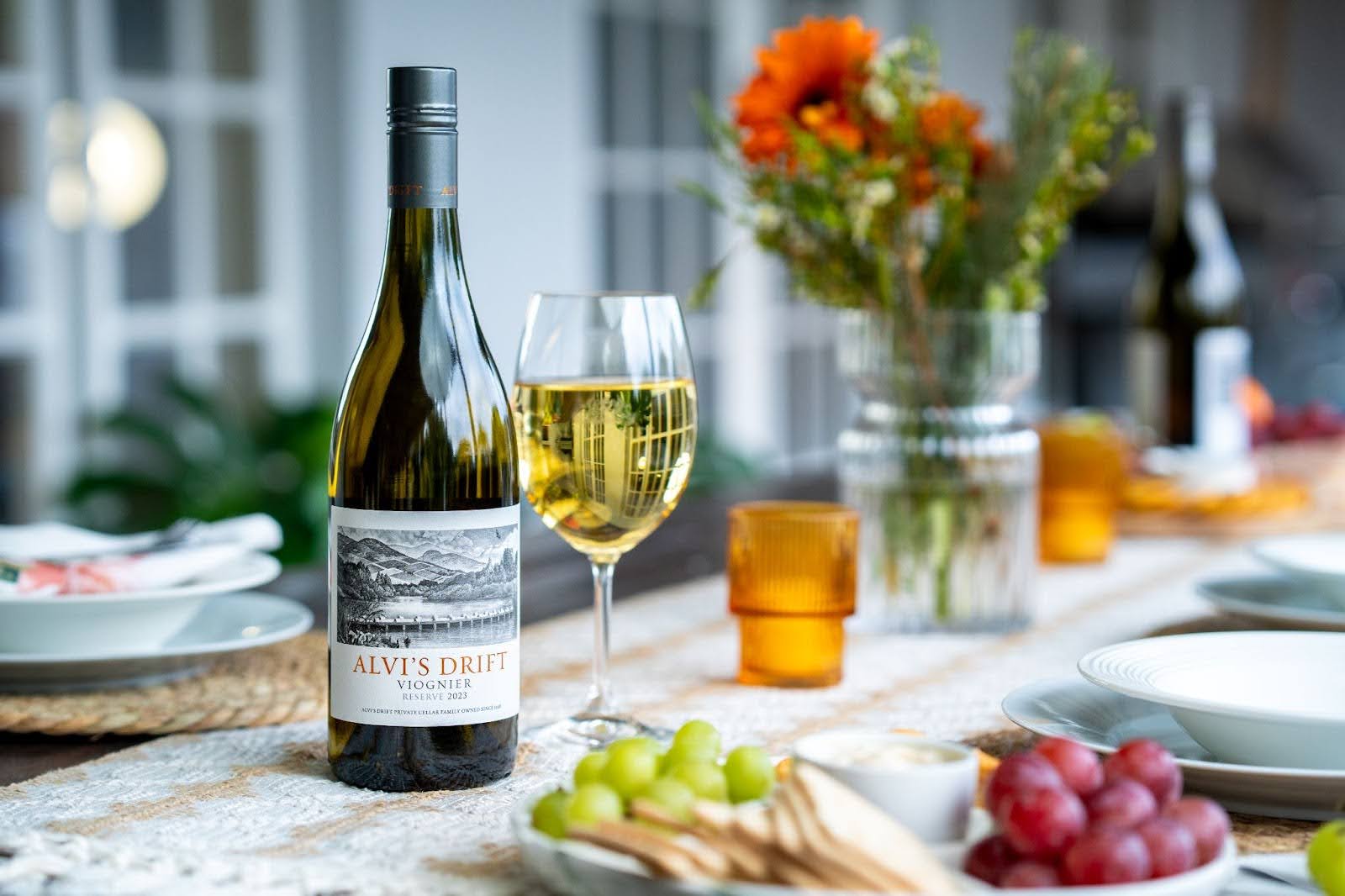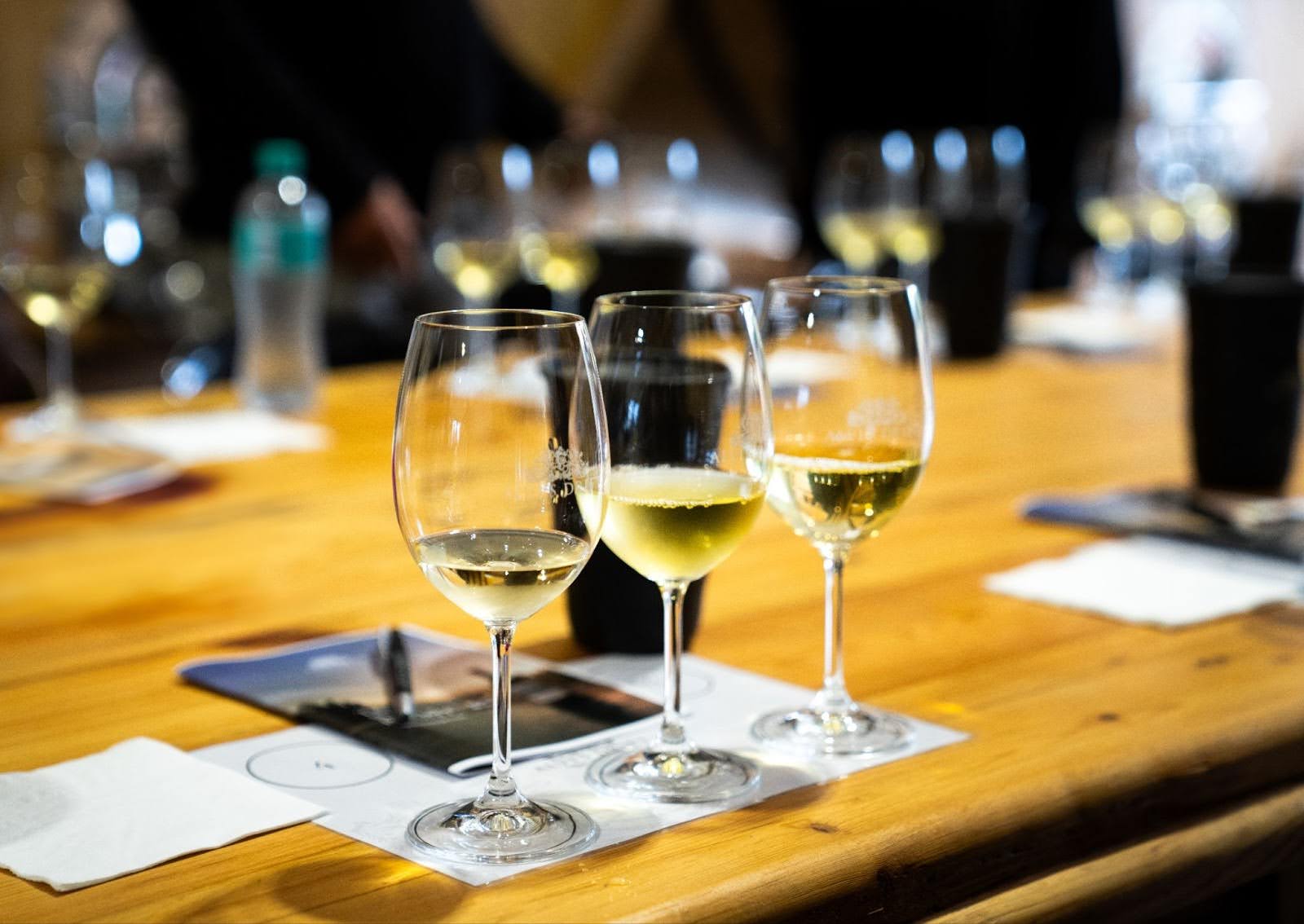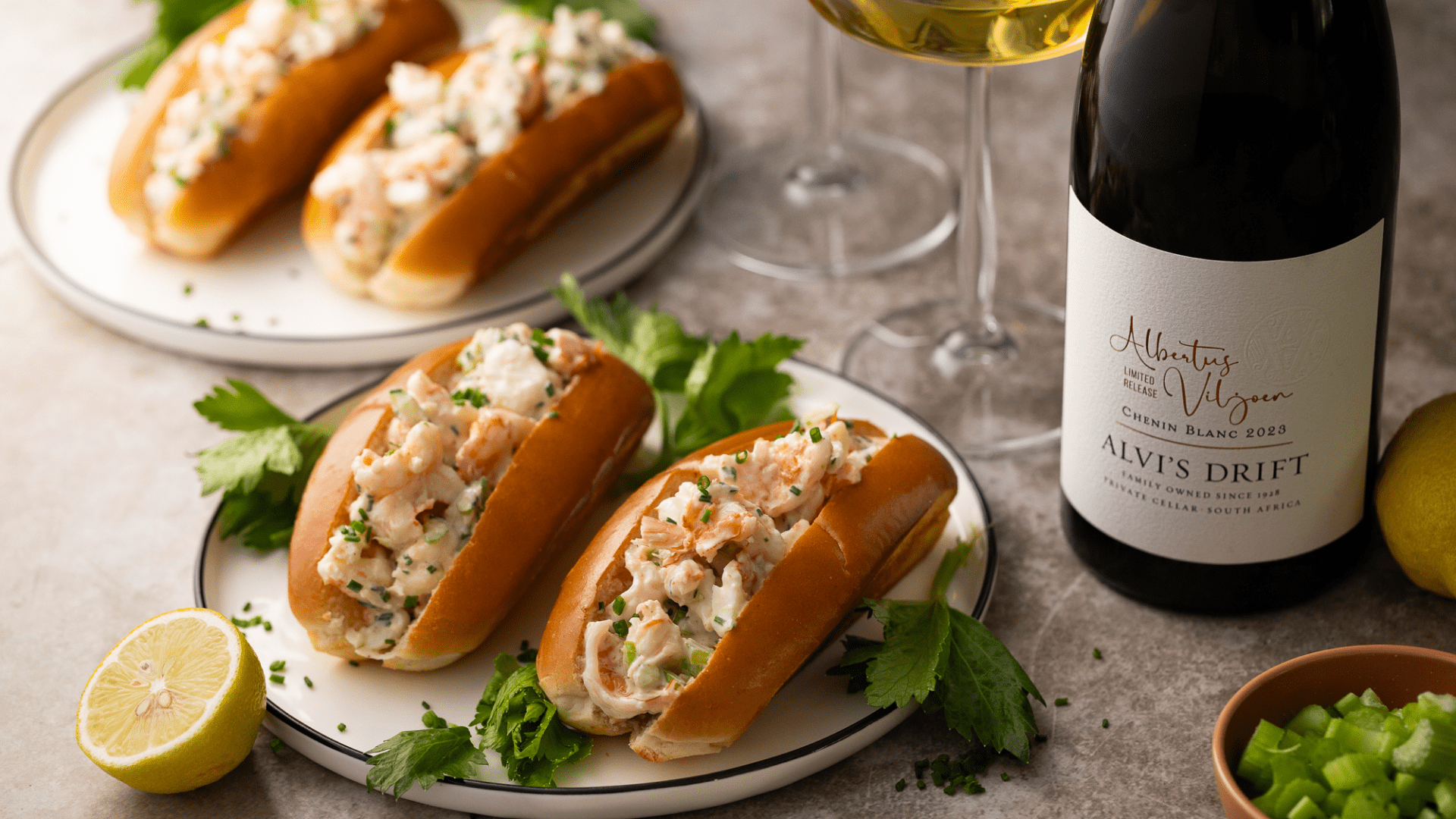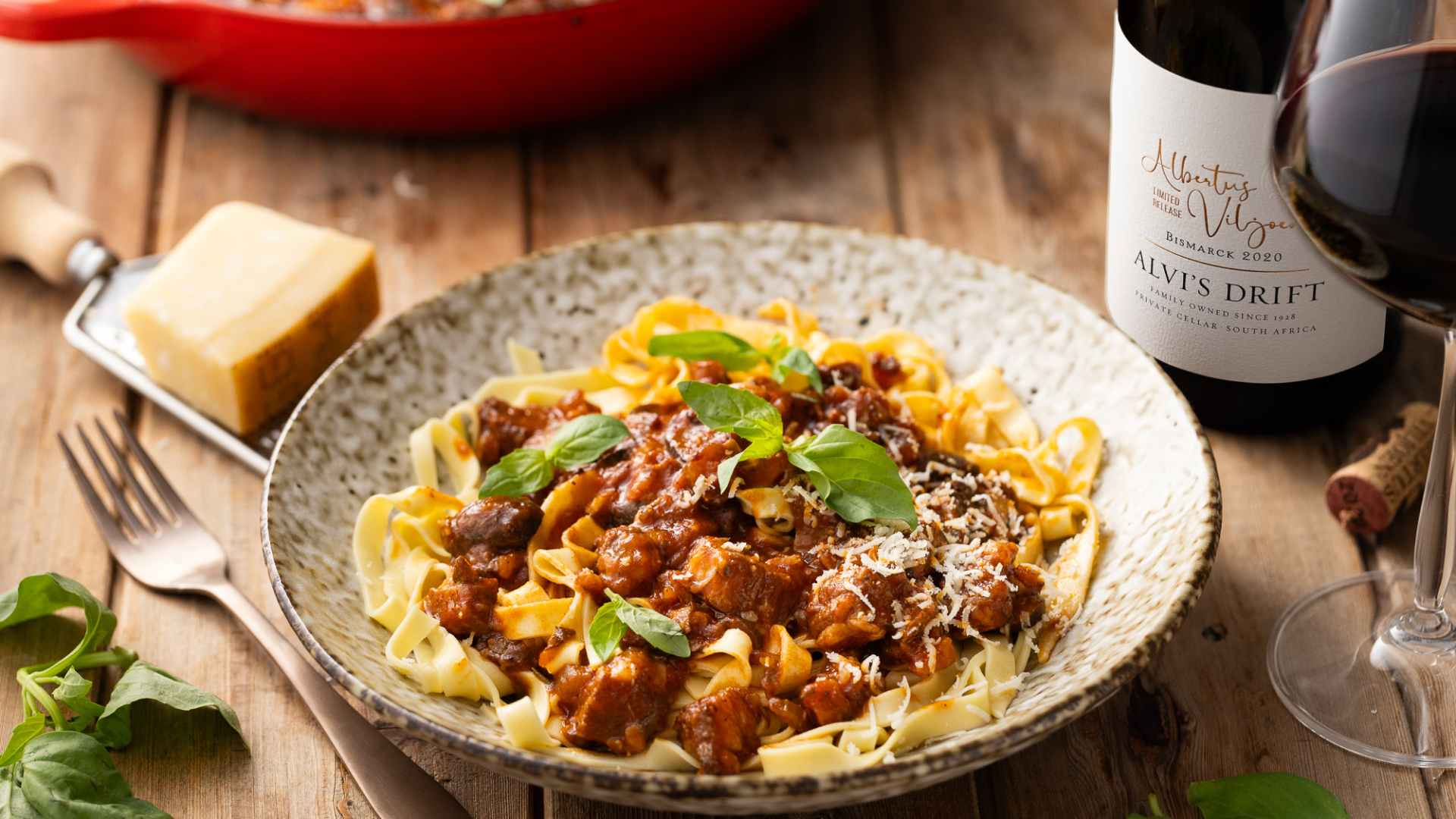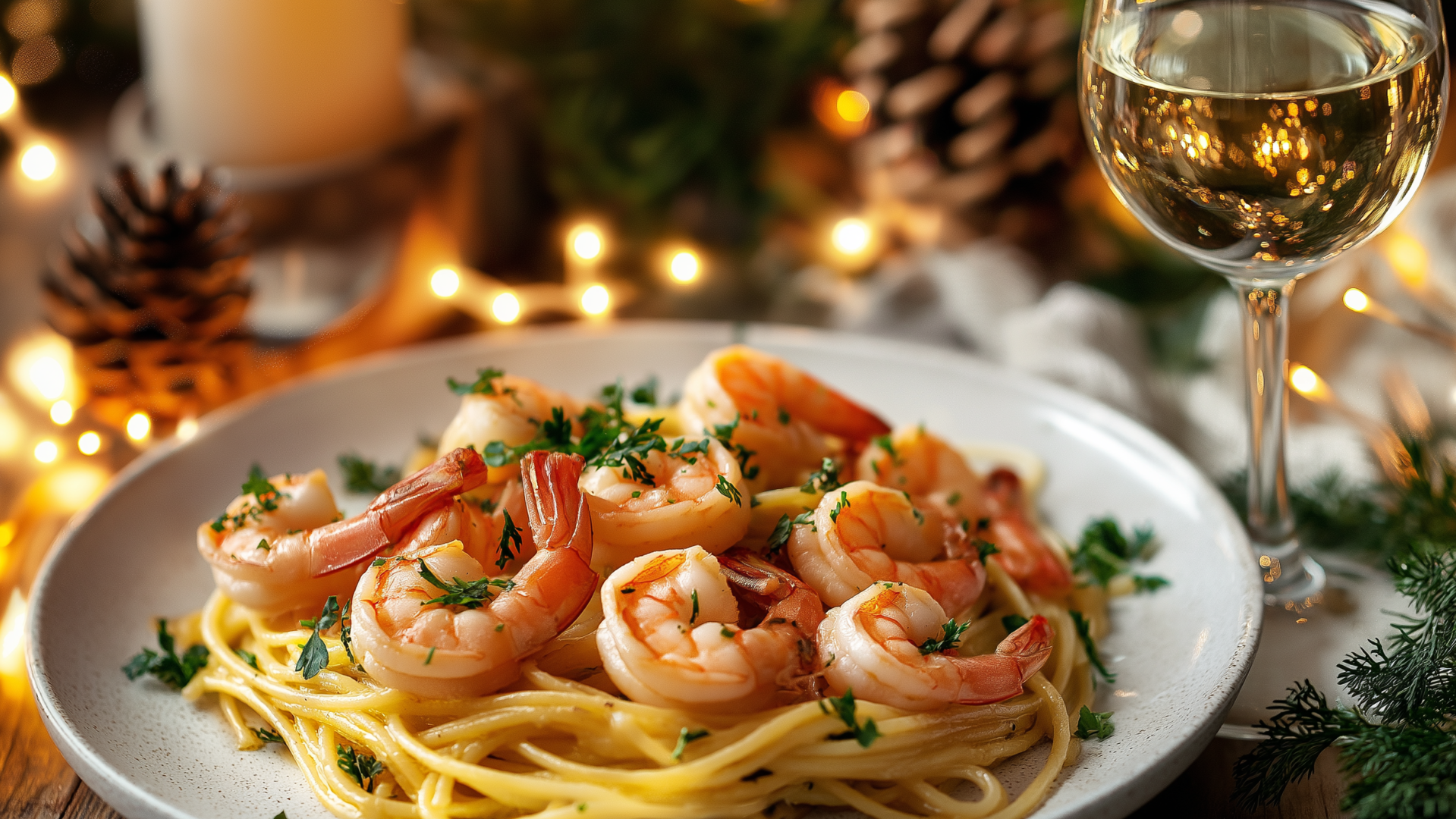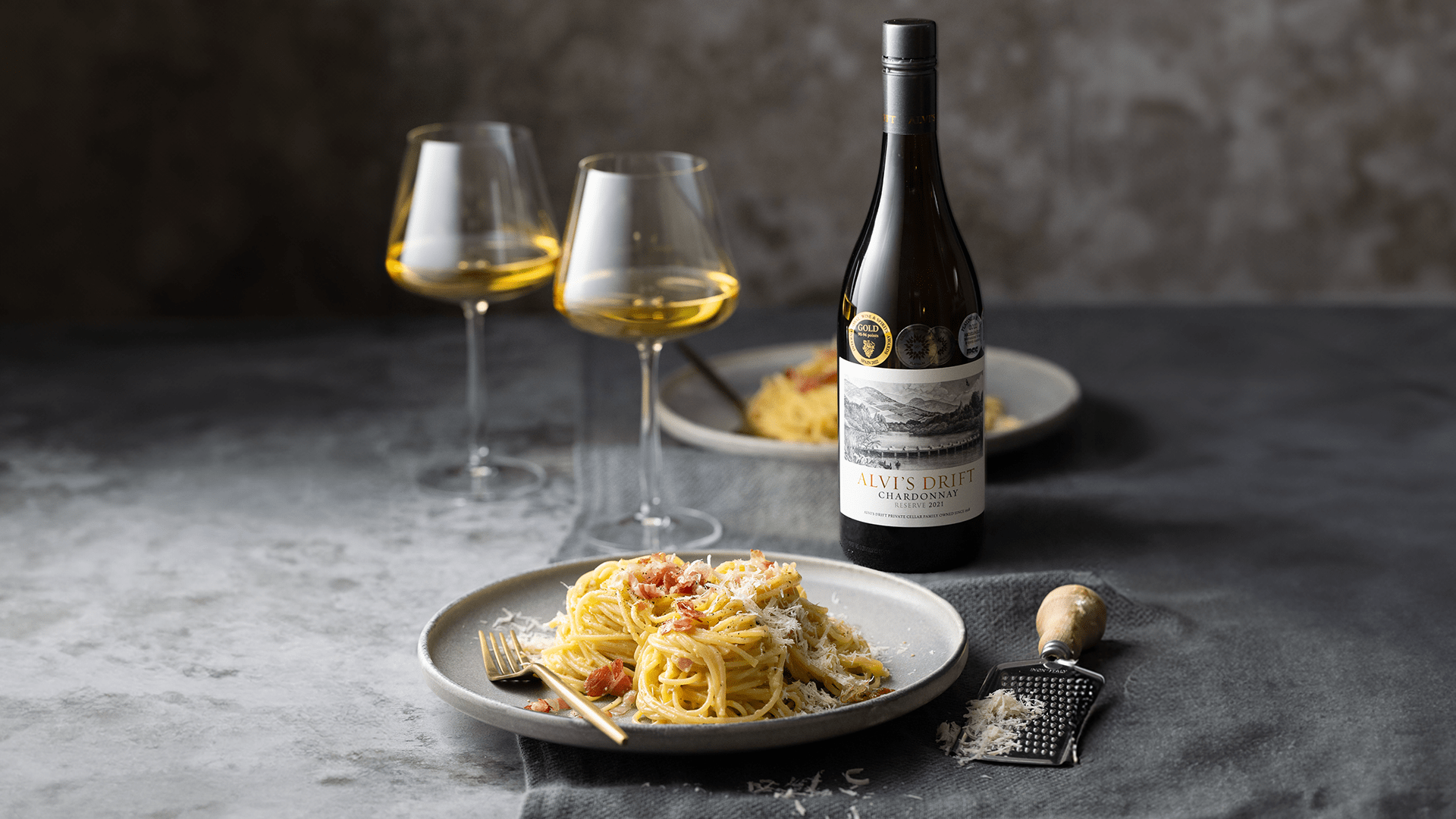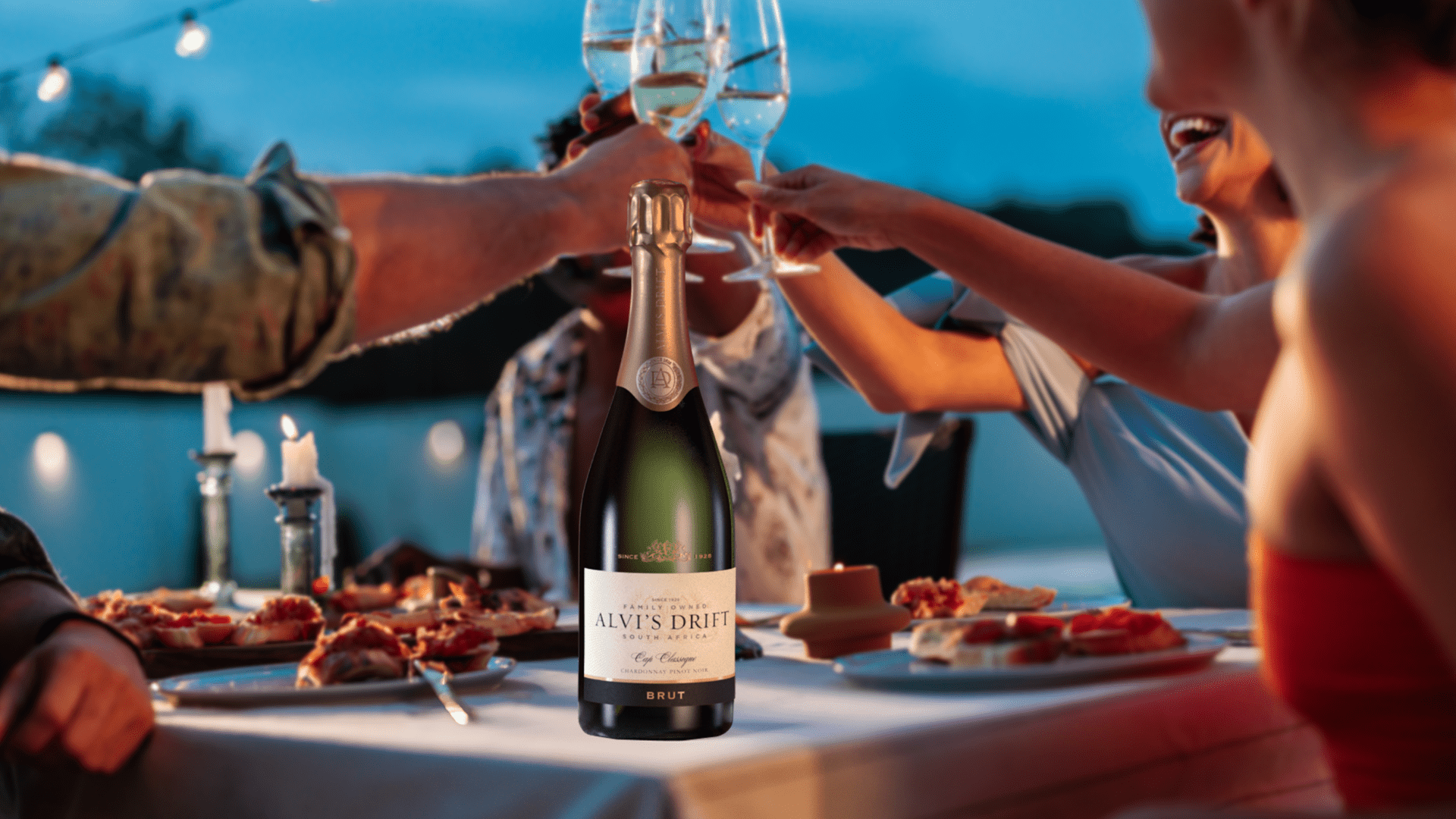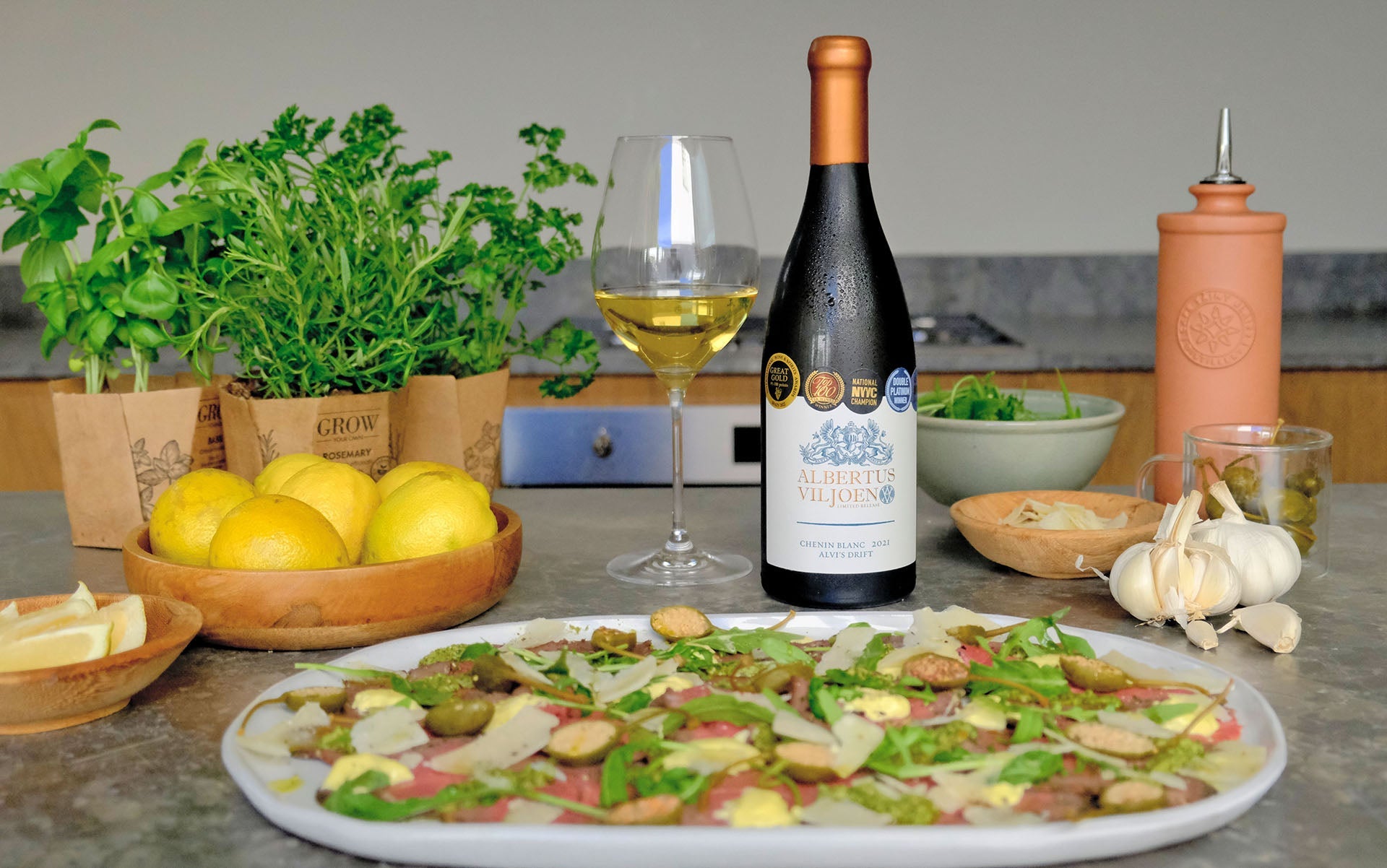Wine and food pairings can seem complicated, and, to the uninitiated, even somewhat intimidating. Yet, a good meal can be transformed into an unforgettable one, if the right wine is served alongside it.
If you’ve bought into the notion that wine and food pairing is all about serving white wine with white meat, and red wine with red meat, you can be forgiven, as this oversimplification is a very pervasive wine-and-food-pairing misconception.
However, in reality, pairing wine with food is a more intricate matter.
Wine and Food Pairings: Why Matching Wine and Food Matters
In recent years, the explosion of foodie culture has seen the art of wine and food pairing come into prominence. But why is serving the right wine with the right dish so crucial to creating an unforgettable culinary experience?
Serving food with wines that will complement its flavours is an important consideration, as, when incorrectly matched, certain foods can negatively impact a wine to the point of destroying its delicate and nuanced flavour balance – and vice versa.
If you are interested in developing your wine palate and want to learn more about the fascinating topic of wine and food pairing, do read on as we explore the basics of matching wine and food in our Alvi’s Drift Guide to Wine and Food Pairings.

Wine and Food Pairing Basics
“As a rule of thumb, you want to match the weight of your food with the weight of your wine. The heavier a dish is on your palate, the heavier should be the wine that accompanies it.” - Junel van der Merwe, Wine Master and Alvi’s Drift Brand Ambassador
So, what are the basics of the wine and food pairing process, and where precisely does one embark on this fascinating journey?
Here’s a hint: the art of pairing wine with food entails complementing, balancing or contrasting the various flavour components of the dish and the wine. It is all about the balance between bitterness (tannins), fats, acidity, saltiness, sweetness and alcohol.
But first, let’s explore the foundations of the art of wine and food pairing.
The Main Wine and Food Pairing Considerations Are...
1. Intensity of Flavour and Weight of the Wine
This is one of the most important aspects when it comes to creating a wine and food pairing match made in heaven.
It really is quite simple (and easy to remember) as a rule of thumb: Light, delicately flavoured wines will be easily overpowered by heavy, intensely flavoured dishes. By the same token, full-bodied, barrel-matured (wooded) wines will overpower a light dish with subtle flavours and delicate textures.
For example, rich, heavy dishes such as red meat casseroles ask for full-bodied wines, like a matured, wooded red wine. On the other hand, light, delicate dishes such as grilled linefish require an equally light, delicately flavoured white wine to complement and enhance its subtle flavours.
2. Acidity: Keeping the Balance
When planning your menu, take some time to consider the level of acidity in your main dish (the one you will be serving your carefully paired wine with).
If you are serving a tangy dish (for example, a dish with a tomato-based or citrusy sauce), it will be complemented by an acidic wine, such as our new Alvi’s Drift 221 Sauvignon Blanc. This type of wine and food pairing (where the wine and the food share the same dominant element) is known as a congruent pairing.
Wines that are high in tannins, such as heavier red wines, react with the proteins present in saliva, causing an astringent, bitter taste on the tongue. This can cause such wines to overpower light, low-fat meals (and even lend a metallic taste to oily fish dishes!).
Also keep in mind that acidity in food can linger on the palate, and this can overpower the tannins present in a wine, which can make certain red wines seem sweeter than they actually are.
3. Match the Wine with the Most Prominent Element in the Dish
“Match the wine with the sauce” is a phrase often uttered in sommelier circles. The reason for this is that a dish’s dominant character often lies in its seasoning, sauce or cooking method, and not so much in its main ingredient.
Take these two chicken dishes, for example: Chicken Marsala, with its golden-fried surface and rich, dark-wine-and-mushroom sauce, will be perfectly matched with a supple and soft red wine like Pinot Noir. On the other hand, a creamy, lemon-poached chicken breast will really shine when served with a fresh, white wine such as Sauvignon Blanc.
4. Serve the Food (and Wine) That You Like
We feel that this is a rather crucial consideration – opting to serve a wine that you already like, instead of aiming to make a wine and food pairing in the hope of improving a type of wine that doesn’t appeal to you.
If you follow this advice, drinking the wine you have chosen will still bring you joy. The same goes for the food you choose to serve. Think of it this way: if you detest spinach in any way, shape or form, there is no wine and food pairing in the world that will make it enjoyable to you.
“The very first step on the journey of understanding wine and food pairing, is gaining an understanding of the trigger points on your palate. A superb wine and food pairing will always create a balance between the dish’s components and the wine’s various characteristics,” says Junel.

Junel van der Merwe during a wine tasting.
The Six Basic Flavour Profiles
When pairing wine with food, there are six main flavour profiles to consider:
1. Acidic
When the acidity in a wine is well balanced with the acidity in a dish, it will make the dish it is served alongside “pop” with freshness. Keep in mind that the acid levels in a wine should at least match the acid levels of the food it is paired with. Think of a deliciously fresh piece of linefish in a light, tangy, lemony sauce.
With its high acidity, this dish will pair perfectly with a wine that is also acidic. Cheese that has a high natural acidity, such as fresh goat’s milk cheese, or chèvre, also pairs well with high-acid wines like a crisp, fresh Sauvignon Blanc.
2. Fatty
Keep in mind that fat, although it carries flavour in food, is not a flavour in itself.
Fat in foods can build up in the mouth and literally clog and cover your tastebuds. Tannins and acidity strip fat from the palate, lifting flavours and reducing the sensation of fat in the mouth, which makes red wine ideal for serving alongside rich, fatty foods.
Dishes that have a high fat content, such as dairy, or rich, red meats like a lamb or oxtail stew, require a wine with high tannins to contrast the richness and cut through the fat. Therefore, red wines such as Cabernet Sauvignon, Pinotage or Shiraz will pair perfectly with these rich, heavy dishes.
3. Bitter
Wines that have a high tannin content, such as red wines, tend to be on the bitter side, and are therefore excellently matched with rich, fatty dishes, as well as sweet foods. Red wine and chocolate cake, anyone? When it comes to bitter foods such Brussels sprouts, these are best paired with complementary wines, such as acidic Sauvignon Blanc, off-dry Riesling or Chardonnay.
4. Salty
Salty foods such as olives, oysters, anchovies, parmesan and feta pair well with wines that are high in acidity. Acidic white wines such as Sauvignon Blanc, as well as dry sparkling and Cap Classique wines, offer the ideal complement for foods and dishes with a high salt content. Think salty hot chips (French fries) and sparkling wine – a match made in wine-and-food-pairing heaven!
5. Sweet
As a rule of thumb, sweet foods and sweet wines are a good match, which makes chocolate cake and dessert wines a delectable combination. While sweet foods and acidic wines are not considered a good match, cakes, sweet confectioneries and dry sparkling wine also tend to go well together.
This is because of the high sugar content in sparkling or Cap Classique wines. Also remember, when a sweet wine is enjoyed with sweet foods, the wine should be less sweet than the food.
6. Alcohol
High-alcohol wines, such as full-bodied red wines, pair well with rich, red-meat dishes like slow-cooked lamb shanks, oxtail, as well as meat cooked in a sweet marinade or basting sauce, such as barbecue ribs. The meat’s added sweetness will enhance the high alcohol wine’s acidity, making it fresher on the palate.
As a rule of thumb, high-alcohol wines pair well with fatty foods, and are ideal for cutting through rich foods, or balancing out sweet dishes.
“Of course, there are a few foods that are almost impossible to pair with wine. They just don’t go with any wine. Asparagus. Cauliflower. Green pepper. Egg yolk is tricky, too. Artificial, acidic salad dressings out of a bottle, and anything out of a tin leaves a zing on your teeth. It just clashes with wine,” says Junel.
Unusual Wine and Food Pairings
What are some less-expected wine and food pairing combinations? Read on as we reveal a few surprisingly excellent wine and food pairings.
Sushi and Red Wine
“If you are having sushi, you need a light Signature Merlot, red wine like Alvi’s Drift Signature Shiraz, or even a Pinot Noir to accompany it,” says Junel. “Sushi asks for a wine that can take the weight of umami, the flavour profile of the soy sauce that you are dipping it in.”
Fun Fact: Alvi’s Drift Signature Viognier, often referred to as “a white wine for red wine lovers” also pairs well with sushi and sashimi. This is because of this multi-award-winning wine’s medium body and well-rounded mouthfeel, which is similar to that of a red wine.
Red Wine and Salad
When it comes to pairing red wine with salad, it all depends on the type of salad, of course. “Lettuce leaves are full of tannin,” says Junel. “Chew on a lettuce leaf, and you will notice the bitterness. This makes lettuce a surprisingly good match with red wine, actually.”
Of course, the amount of fat, oil and acidity in a salad also plays an important role when it comes to wine and food pairing. “Salad Niçoise has egg yolk, which is fatty, and tuna, which is salty. So, surprising to many, this type of salad pairs very well with red wine.”
Fun Fact: Because of its high sugar content, brut sparkling or Cap Classique wines pair excellently with fruit salads.
Spicy Food and Sweet Wine
“When I am putting a menu for a dinner party together and I’m cooking a nice, hot curry, like a vindaloo or something really spicy, I often serve a sweet wine alongside it. Almost automatically, everybody goes, ‘Oh, I don't drink sweet wine…’,” says Junel. “Until they try it. It is almost like a massage on your palate. Trust me, a sweet wine just loves spicy food.”

Biltong pairs well with Alvi’s Drift Reserve Drift Fusion Blend.
Pairing Wine with SA’s Favourite Foods
In South Africa, we love nothing more than a hearty braai (barbecue) out in the sunshine with our nearest and dearest. We’re also big on biltong (dried meat snack). But what are the best wines to serve with our most-loved foods?
Pairing Wine and Biltong
It comes as no surprise that South Africa’s favourite snack, salty biltong, pairs amazingly well with red wine. “Salt amplifies the fruit in red wine, making it extra delicious,” says Junel.
“Unlike white meat, red meat is naturally salty, and for this reason it’s an ideal partner to red wine, which also cuts through the fat on the palate. When it comes to biltong, the old saying ‘red meat, red wine’ definitely rings true.”
Pairing Wine and Braaivleis
Braaivleis (barbecued meat), such as SA’s much-loved chops and boerewors, tend to be very fatty with a high salt content. Therefore, red wine would make an ideal companion to these flavourful cuts of meat.
“Our Alvi’s Drift Signature Pinotage, Reserve Drift Fusion Red Blend, our 221 Pinotage, actually, any of our red wines would go perfectly with a classic South African braai,” says Junel.

Pairing Blended Wines with Food
What are the wine and food pairing guidelines when it comes to blended wines?
“Regardless of the blend, whether it is a red or white blend, the same rule of thumb applies,” says Junel. “Richer, heavier dishes ask for richer, fuller wines. For example, a fatty, slow-cooked lamb dish, oxtail stew or venison pie will pair well with a complex, barrel-matured red wine blend such as our Alvi’s Drift Albertus Viljoen Bismarck.
Our popular barrel-fermented white blend, Alvi’s Drift Reserve CVC, will complement mild curries, roast pork and creamy chicken dishes.”
Pair an Alvi’s Drift Family Recipe
As a very special wine and food pairing bonus, Junel shares an Alvi’s Drift family recipe below. Enjoy her tasty, bite-sized meaty treats with either Alvi’s Drift 221 Special Cuvée, Alvi’s Drift Albertus Viljoen Bismarck red blend, or Alvi’s Drift Verreaux Pinotage.
Junel’s Phyllo Game Pie Recipe
“After Alvi removed the meat he needs for making his springbok or eland biltong, we normally roast the ‘rugstring’ (backstrap fillet). But the meat that is left on the bone, I use for these delicious little game pies.”
Method
- Create a stock by boiling water, beef stock cubes, a cup of red wine, some red wine vinegar, carrots, leeks and celery together. For spices, add pimento, juniper berries, whole black peppercorns, cloves, bay leaves and star anise seed.
- Add the backstrap fillet off cut to the liquid, and allow to simmer in a saucepan on low heat for a couple of hours. Taste throughout the cooking process, to see if any salt or another ingredient should be added. When the meat falls off the bone, it is ready.
- Remove the backstrap fillet from the liquid and pull all the meat off the bones.
- Add enough of the stock liquid to the meat to keep it moist, but it should not be watery or it will result in soggy pastries.
- Brush one sheet of phyllo pastry with melted butter, top with another sheet of phyllo pastry and brush with melted butter as well.
- Cut the phyllo sheets in four long strips and place a tablespoon of meat at the top of the strip, then fold in a triangle shape. Brush the triangle with melted butter and place on a baking sheet.
- Continue until all the meat has been used to make phyllo pie triangles, then oven bake at 200°C until golden brown, taking care not to over-bake the pies, which will cause the meat filling to become dry.
- Serve with sweet chilli sauce and a crisp green salad.
The Latest Innovative Alvi’s Drift Wines
Want to find out about the latest innovative wines from our third-generation Breede River Valley winery? Read our blog with all the latest news about our new 221 Sauvignon Blanc, our relaunched Brut Cap Classique sparkling wine and our multi-award winning 2021 Signature Viognier.
Download Alvi’s Drift Wine Fact Sheets and Buy Your Wine Online
If you would like to learn more about which foods to pair with specific Alvi’s Drift wines, download our printable wine fact sheets. Here you will not only find comprehensive information about each wine’s history and vinification, but also recommendations on which foods to pair with these wines.
Once you’ve made your selection, you can purchase your Alvi’s Drift wine from our online shop.
